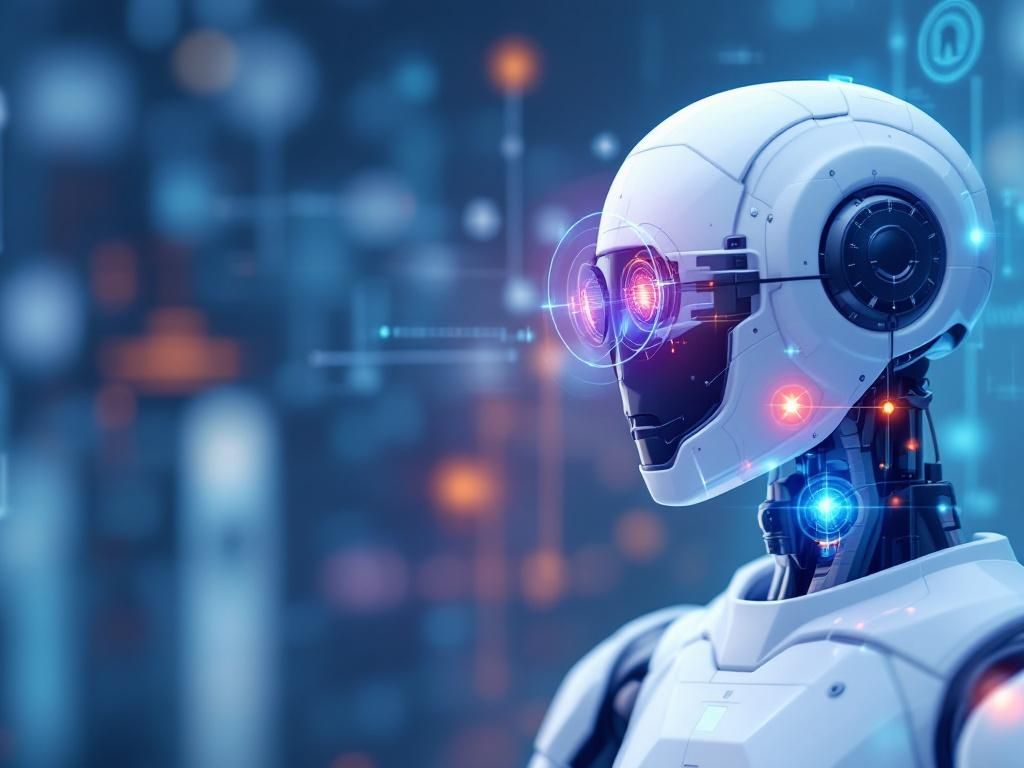As we advance into an era where technology is at the forefront of our daily lives, security measures must evolve to combat increasingly sophisticated threats. One of the most promising innovations in this space is the application of artificial intelligence (AI) in image recognition. This article delves into how AI-driven image recognition can enhance security protocols across various domains, from surveillance to identity verification, paving the way for smarter, safer environments.
The Evolution of Security Measures
Traditionally, security has relied on manual monitoring and basic technology such as CCTV cameras. However, as threats have grown more complex, the need for innovative solutions has become apparent. Here are some key changes in the security landscape:
- Increased Data Volume: The proliferation of digital devices has led to an explosion of data that needs to be monitored.
- Greater Threat Complexity: Cyber-attacks and physical threats have become more organized and sophisticated.
- Need for Real-time Responses: Security issues often require immediate action to prevent potential harm.
Understanding AI Image Recognition
AI image recognition involves the use of machine learning algorithms to analyze images and identify objects, people, or patterns within them. Unlike traditional image processing, which relies heavily on human input, AI systems can learn from vast datasets and improve their accuracy over time.
How AI Image Recognition Works
The process can be broken down into several key steps:
- Data Collection: Large datasets of images are gathered for training the AI models.
- Training the Model: Machine learning algorithms are applied to teach the system to recognize patterns and features in images.
- Testing and Validation: The model is rigorously tested to ensure high accuracy and reliability in real-world applications.
- Deployment: Once validated, the AI system can be integrated into security frameworks.
Applications of AI Image Recognition in Security
AI image recognition can significantly enhance security across multiple sectors. Here are some of the most impactful applications:
1. Surveillance Systems
Modern surveillance systems equipped with AI image recognition capabilities can automatically detect unusual behavior or identify known threats in real-time. Key benefits include:
| Benefit | Description |
|---|---|
| 24/7 Monitoring | Constant vigilance without the need for human oversight. |
| Reduced False Alarms | Advanced algorithms can differentiate between normal and suspicious activities. |
| Real-time Alerts | Immediate notifications to security personnel when threats are detected. |
2. Access Control and Identity Verification
AI image recognition is also transforming access control by enabling biometric identification systems. These can be used in various environments, from corporate offices to airports. Benefits include:
- Facial Recognition: Quickly verifies identities against a database, allowing access to authorized individuals.
- Enhanced Privacy: AI systems can be designed to anonymize data, protecting user privacy while maintaining security.
- Integration with Mobile Technology: Users can utilize their smartphones for secure access, enhancing convenience.
3. Retail Security
In the retail sector, AI image recognition can help prevent theft and improve customer experience. By analyzing customer behavior, retailers can:
- Detect suspicious behavior in real-time.
- Gather insights on shopping patterns and preferences.
- Enhance loss prevention strategies.
Challenges and Ethical Considerations
While AI image recognition offers numerous benefits, it also presents challenges that must be addressed to ensure responsible use:
1. Privacy Concerns
The ability of AI systems to identify individuals raises significant privacy issues. It is essential to implement strong data protection measures and compliance with regulations such as GDPR.
2. Bias in Algorithms
AI systems can inherit biases present in their training data, leading to unfair treatment of certain groups. Continuous monitoring and updating of datasets are crucial to mitigate this risk.
3. Security Vulnerabilities
As with any technology, AI systems can be vulnerable to hacking and manipulation. Robust cybersecurity measures must be integrated to protect these systems from external threats.
The Future of AI Image Recognition in Security
As we look ahead to 2025 and beyond, the integration of AI image recognition in security systems is poised to become even more sophisticated. Future trends may include:
- Advanced Predictive Analytics: Leveraging big data to anticipate security threats before they occur.
- Interconnected Security Systems: Creating a unified security infrastructure that integrates various technologies for comprehensive protection.
- Continuous Learning: AI systems that evolve and adapt to new threats autonomously.
Conclusion
AI image recognition technology represents a significant leap forward in enhancing security across multiple domains. Its capacity to analyze and interpret vast amounts of visual data in real-time provides organizations with advanced tools to combat threats and protect assets. However, as we embrace these innovations, it is crucial to address the accompanying challenges to ensure that we harness AI responsibly and ethically. By doing so, we can look forward to a safer, more secure future.
FAQ
What is AI image recognition and how does it enhance security?
AI image recognition is a technology that uses machine learning algorithms to identify and analyze images. It enhances security by enabling real-time monitoring, detecting unauthorized access, and improving surveillance systems.
How will AI image recognition be used in security applications by 2025?
By 2025, AI image recognition is expected to be integrated into various security applications, including facial recognition systems, object detection in surveillance cameras, and automated threat detection in public spaces.
What are the benefits of using AI image recognition for security?
The benefits include increased accuracy in identifying threats, reduced response times, enhanced monitoring capabilities, and the ability to analyze large volumes of visual data quickly.
Are there any privacy concerns associated with AI image recognition in security?
Yes, privacy concerns arise regarding the potential for surveillance overreach, data misuse, and lack of transparency in how image data is collected and processed.
What industries will benefit most from AI image recognition in security by 2025?
Industries such as retail, transportation, banking, and public safety are likely to benefit the most from AI image recognition, as they require advanced security measures to protect assets and ensure safety.
How can organizations implement AI image recognition technology for security?
Organizations can implement AI image recognition by partnering with technology providers, investing in hardware like smart cameras, and ensuring compliance with regulations regarding data privacy and security.




